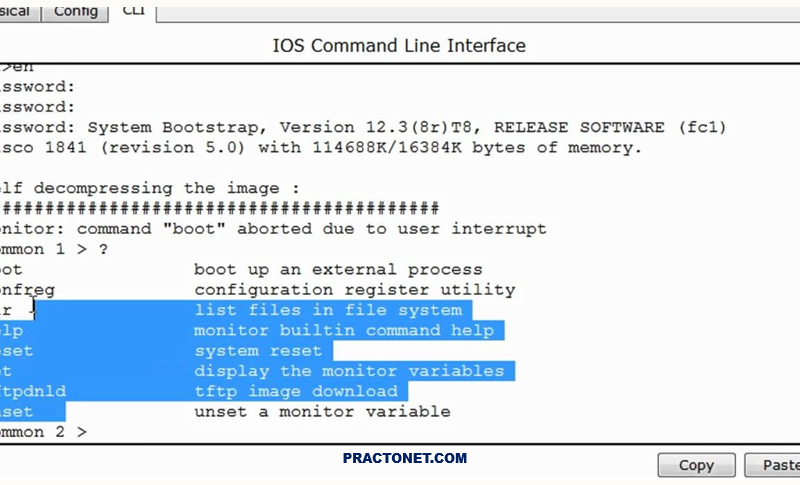URL redirection is a common practice used by websites and web applications to redirect visitors from one URL to another. This technique can be used for a variety of reasons, including improving the user experience, handling changes in website structure, and mitigating security risks. In this blog post, we’ll explore the basics of URL redirection and best practices for implementing it.
What is URL Redirection? URL redirection is the process of automatically redirecting a visitor from one URL to another. This can be done for a variety of reasons, including:
- Moving a website to a new domain
- Updating a website structure to improve navigation and user experience
- Preventing security threats, such as phishing attacks, by redirecting users away from malicious URLs
Types of URL Redirection There are several types of URL redirection, including:
- 301 Redirect: A permanent redirect indicating that the original URL has been moved to a new location.
- 302 Redirect: A temporary redirect indicating that the original URL is temporarily unavailable.
- Meta Refresh: A client-side redirect using HTML code.
- JavaScript Redirect: A client-side redirect using JavaScript.
Best Practices for Implementing URL Redirection When implementing URL redirection, it’s important to follow best practices to ensure a positive user experience and avoid potential security risks. Here are some best practices to follow:
- Use 301 redirects for permanent changes and 302 redirects for temporary changes.
- Avoid using meta refreshes or JavaScript redirects, as these are less efficient and less secure than server-side redirects.
- Implement redirects as close to the source as possible, such as at the server or application level.
- Test your redirects thoroughly to ensure they are working correctly.
- Keep redirects up-to-date and remove old redirects that are no longer needed.
URL redirection is a powerful tool for improving the user experience, handling changes in website structure, and mitigating security risks. By following best practices, IT organizations can implement URL redirection effectively and ensure a positive user experience and strong security posture.





